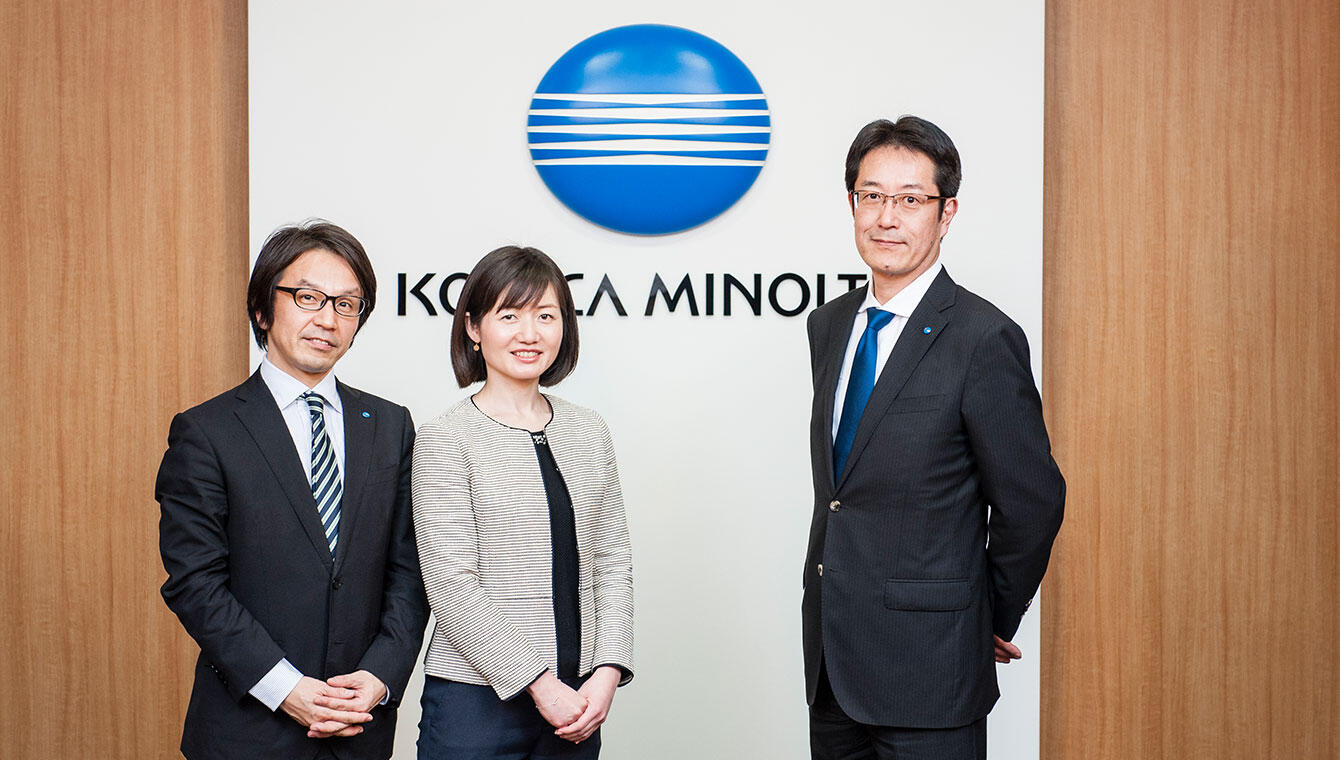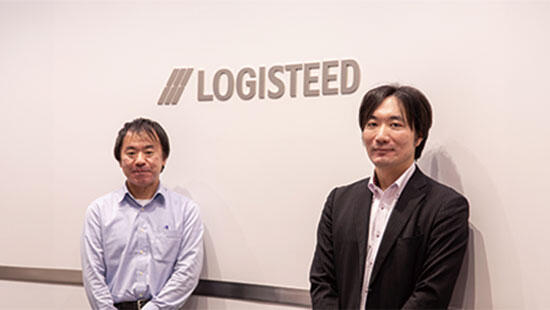Challenges
- The data environment to promote DX (Digital transformation) using ICT is underdeveloped
- Each system is divided into silos and has different code systems
- It is essential to build a data utilization platform that will serve as a hub for company-wide standards
Implemented Products/Solutions
"Informatica MDM" Master data management by
Building a BI environment using Wing Arc 1st “Dr.Sum” and “MotionBoard”
Project Background
There is an urgent need to create an environment for data utilization that can meet the demands of various departments and branch offices.
With a long history and tradition of over 140 years since its establishment in 1874, Nishimatsu Construction has widely contributed to the development of safe and secure social infrastructure and the creation of a comfortable environment, from the construction of roads, dams, and public facilities to urban redevelopment, on the strength of its advanced technical capabilities.
The environment surrounding the construction industry is changing drastically, and there are fears that the future will be marked by a decline in the working-age population and reductions in construction investment. In order to accurately respond to these social changes and achieve sustainable growth, Nishimatsu itself must adapt to the new era.
"Nishimatsu Vision 2027" is a roadmap of what the company hopes to achieve in the future. Under the concept of "becoming a company with integrated corporate strength that creates new value," Nishimatsu aims to expand its business domain, evolve its construction business, and provide technologies and services that meet the diversifying needs of its customers. The company is currently (as of 2019) in the process of implementing various growth strategies to steadily realize its vision under its "Midterm Corporate Strategy 2020," which is positioned as a period for building a foundation to become a company with comprehensive capabilities. The core of the ICT plan was the development of a data utilization infrastructure.
Each system was in a silo state, with various code systems, and in order to collect and utilize this data across the board, each time a separate program had to be created, which was both cumbersome and time-consuming. In order to solve this problem, Nishimatsu wanted to build a data utilization infrastructure that would serve as a company-wide standard hub.
Project Background
Unified management of three types of master data related to "Employees", "Clients" and "Construction"
A diverse range of systems already existed within the company, including sales management, customer management, quotation management, construction management, and human resource management. Using advice from a data management consulting firm, Nishimatsu selected three types of master data related to "employees," "clients," and "construction" as the first phase of data integration. By flexibly matching these data, it would be possible to analyze which subcontractors and employees were involved in which types of construction work and how much revenue they generated, which was the most requested feature within the company.
NISHIMATSU CONSTRUCTION, which started implementing master data management (MDM), compared solutions from several companies and ultimately selected Informatica MDM, proposed by B-EN-G.
In addition, the deciding factor in selecting B-EN-G as a partner was that they could be trusted to build the system, including the utilization of the BI that had already been introduced, including not only MDM to build a data utilization infrastructure, but also WingArc1st's data warehouse "Dr.Sum," and its front end "MotionBoard," which visualizes data on a dashboard.
System image of data utilization platform

Implementation Results
Data utilization platform becomes an engine that accelerates DX initiatives
NISHIMATSU CONSTRUCTION and B-EN-G teamed up to build a data utilization platform project in October 2019, and after about four months of requirements definition, design and development began in February 2020. Trials began in August of the same year, and production began in November.
The effects of the introduction:
- Centralized master data by leveraging Informatica MDM name aggregation functionality
- Enables users to reference data of their interest in different combinations on MotionBoard
- Internal motivation for data utilization has greatly improved, increasing momentum for promoting DX
Future Outlook
Further Expansion of Data Utilization Infrastructure Use with Stricter Access Authority Controls
Although the data utilization platform is now in full production, the scope of disclosure of the data utilization platform at this point is limited to a few users, such as the Corporate Planning Department and Human Resources Strategy Department at the head office, the Planning Department within each business division, and the Administrative Department. The biggest challenge for the future is to expand this to a wider range of departments and branch offices. In addition to the introduction of a system to strictly control access privileges to various data items, it is necessary to raise literacy in the use of data throughout the company by providing detailed explanations to users in each department.
In addition, the data itself to be integrated into the data utilization platform is not sufficient with the current three types of master data, but there is a growing demand to be able to use data stored in many business systems within the company. Moreover, in order to conduct full-scale marketing analysis, it is necessary to utilize not only internal data but also a variety of external data.
We look forward to various proposals from B-EN-G to promote NISHIMATSU CONSTRUCTION's DX in the future.
Case study company introduction
| Company Name | Nishimatsu Construction Co., Ltd. NISHIMATSU CONSTRUCTION CO.,LTD. |
| Establishment | September 20, 1937 |
| Head office location | Minato Ward, Tokyo |
| Business Activities | Construction business, development business, real estate business, etc. |
| Company website | https://www.nishimatsu.co.jp/ |
*Please note that organization names, positions, numerical data, etc. in the article are based on the time of the interview and may have changed by current viewing.
Related Solutions
Relevant information and case studies based on solutions presented above.
Related Case Studies

DIC Corporation
Achieving Advanced Performance Management and Improved Efficiency: Case Study of Building a Consolidated Global Performance Management Infrastructure
Chemical
Data Management Platform Implementation & Utilization

KONICA MINOLTA, INC.
Master Data Management (MDM) System Construction: Case Study Supporting Sophistication of Global Management
Precision mechanical equipment
Data Management Platform Implementation & Utilization

LOGISTEED, Ltd.
Master Data Integration to Strengthen Group Management MDM System Construction
Logistics
Data Management Platform Implementation & Utilization

